How to raise Clivia, breeding methods and pay attention to a few points
However, there are many key points to pay attention to. The following experience book will be compiled to share the breeding methods and precautions of Clivia. The leaves of the plant are opposite, can absorb ash layers and pollutants in the air, and have a long growth period of 4-5 years, but the flowering period is also very long and can last for 1-2 months. Clivia is a herb belonging to Clivia of Amaryllidaceae, which usually blooms from December to March of the next year. The planting process and breeding method of Clivia are very simple.
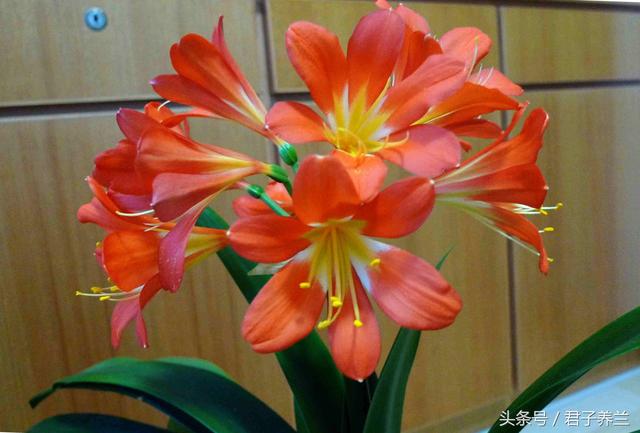
The cultivation method of Clivia:
1, with soil: Clivia's native land is high altitude forests in southern Africa under the trees, roots tied in the accumulation of rotten leaves for many years on the layer. Clivia nursery should be used loose fertile neutral or weakly acidic humus soil, cultivation soil can be 65% humus soil, 20% clean sand, fine furnace ash 15% mixed. The relative humidity of soil should be about 40%.
2, temperature: Clivia in winter growth suitable temperature is 15-20℃, preferably not lower than 10℃. The temperature should be kept at about 18 ° C after the arrow, and the temperature difference between day and night is preferably about 10 ° C, otherwise the flower arrow will bloom if it does not grow to a proper height, and it is easy to form a "clip arrow".
3, soil: should be too dry or too wet, every time watering must be watered thoroughly, after the bud also more watering. Can be every 20 days or so, combined with watering a fermentation of bean cake water, light fishy water and horseshoe water, watering and fertilization combined. When the room temperature is low, control watering to prevent the pot soil from being too wet. If the pot soil is too wet, it will cause the root rot of the plant to die, but it cannot make the pot soil too dry.
4. Fertilization: apply solid fertilizer once in winter to Clivia, apply less nitrogen fertilizer, and apply more phosphorus and potassium fertilizer. Eggshell powder and cooked fish fishy water is a good phosphate fertilizer, bran ash, soot is easily available potassium fertilizer. Nitrogen, phosphorus and potassium compound fertilizers can also be applied to promote the germination of more new plants and leaves. Fertilization must be appropriate, do not apply concentrated fertilizer and unfermented fertilizer, otherwise, easy to cause leaf tip withered coke or rot.
Cautions for breeding Clivia:
1. Keep the pot soil moist during the growth period of Clivia sinensis. The pot soil should be dry during the high temperature half-sleep period, and spray water on the leaves to achieve the purpose of cooling. Clivia like fertilizer, every 2 to 3 years in spring and autumn for a pot, pot soil increased decaying soil. Turn pots frequently to prevent the leaves from leaning to one side.
2. Clivia likes semi-shady cool environment, avoid high temperature, strong light and dryness. In 15-25 degrees for the most appropriate temperature, 5 degrees below the start of dormancy to stop growth, high temperature is not appropriate, summer should pay attention to summer. Otherwise, it will cause long and narrow leaves to affect viewing, so it is necessary to cool down in due time.
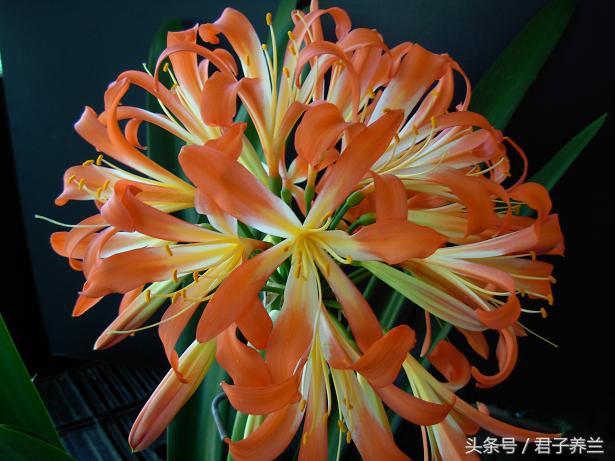
Clivia breeding methods and precautions:
Clivia is a Amaryllidaceae, perennial evergreen herbs. The leaves are broad banded, hard and thick, glossy and veined.
Clivia flowers are not as magnificent as peony flowers, nor as fragrant as Rongli flowers, nor as colorful as roses, but they have sword-like green leaves, generous and bright; fire-like safflower, pavilions open, red and green complement each other, is an ideal potted flower to beautify the environment.
The environmental requirements of Clivia cultivation:
Temperature requirements: Clivia the most suitable growth temperature of 15-25℃, 10℃ stop growth, 0℃ by freezing damage, so winter must be kept warm and frozen, after the flower stem is extracted, maintain 18℃ is appropriate, the temperature is too high, the leaves, flower moss long thin, poor quality, short flowering period; and the temperature is too low, the flower stem is short, easy to cause the clip arrow premature (flowering), affecting the quality, thus reducing the ornamental value.
Soil selection: Clivia suitable for humus-rich soil, this soil permeability is good, good water permeability, and fertile soil, with slightly acidic (PH6.5). Infiltration of about 20% sand in humus soil can help to raise roots.
Light requirements: Clivia is a light plant, the growth process in order to scatter the best light, growth process does not need strong light, especially in summer avoid direct sunlight. Proper shade is beneficial to leaf growth. In winter, the flowering period will be shortened when strong light is encountered. Moderate light can prolong flowering. If early flowering is needed in winter, short day treatment can be adopted.
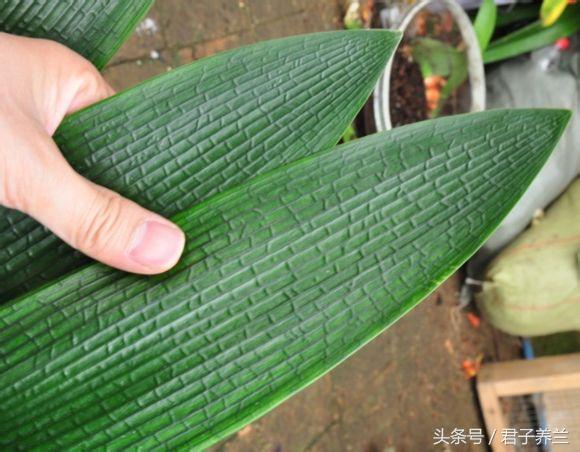
Management of fertilizer and water for Clivia cultivation:
Clivia has different nutrient requirements at different growth stages. Therefore, different fertilization methods suitable for plant needs should be adopted at various stages. Such as base fertilizer, topdressing, root fertilization, etc. Fertilization varieties should also be applied according to different seasons. For example: spring and winter should apply some phosphorus, potassium fertilizer, such as fish meal, bone meal, hemp cake, etc., can be conducive to the formation of veins and improve the luster of leaves; and autumn application of decomposed animal hair, horn, hoof or bean cake extract is appropriate, 30~40 times water diluted after irrigation, can help leaf growth.
Many flowers are fertile, but there is also a limit to fertilization of fertile flowers. Excessive fertilization will be detrimental to growth, and even become a plant rotten root or scorched. Clivia also belongs to this kind of plant, must achieve appropriate fertilization.
Spray water once a day in summer to clean the dust on the leaves to improve the humidity; usually wet, the soil should be kept moist during the growing season, and often spray water or water on the leaves to increase the temperature of the air, but the water will grow too long, affecting the appearance, generally keep the soil moist.
Under normal circumstances, watering once a day in spring; watering in summer, the leaves can be watered with the surrounding ground with a fine spray bottle, and watering twice a day in sunny days; watering once every other day in autumn; watering once a week or less in winter. It must be noted, however, that this refers to the "general situation." It must be flexible to adapt to various situations. That is to say, it depends on the specific situation, in order to ensure that the basin soil is soft and moist, not too dry, too damp for the principle.
Clivia has a more developed fleshy root, which stores a certain amount of water. Therefore, this flower is more drought-tolerant. However, drought-tolerant flowers can not be seriously water shortage, especially in summer high temperature plus dry air conditions can not forget to water in time, otherwise, the roots and leaves of flowers will be damaged, resulting in new leaves can not germinate, the original leaves are scorched, not only affect flowering, but also cause plant death. However, too much watering will rot the roots. Therefore, we should master it well, often pay attention to the dry and wet conditions of the basin soil, pour it once when it is semi-dry, and the amount of water that can be poured should not be too much. It is just right to keep the basin soil moist and not damp.
Potted maintenance of Clivia cultivation:
Avoid basin soil ponding, otherwise it will cause yellow leaves, rotten roots. The flowering period needs much water. Don't pour water on the leaves when watering to prevent them from rotting. Found that there is dust on the leaves, with a soft cloth to wipe the leaves, can not be washed with a lot of water; Clivia fertilization. It is advisable to adopt the method of "thin fertilizer and more fertilizer". In the growth period, thin and decomposed light cake fertilizer water was applied as topdressing, and nitrogen fertilizer was mainly applied every 7~10 days in spring and autumn growth.
Each potted plant, cultivation pot with plant growth and gradually increased, cultivation of one-year seedlings, suitable for 10 cm mud pot, the second year for 15 cm mud pot, after every 2 years for a larger mud pot. Pot change should be carried out in spring and autumn, and the temperature is about 20℃. When changing pots, calcium superphosphate is added to the culture soil and mixed evenly with the soil, which is used as base fertilizer. When transplanting, stick the hole with bamboo chopsticks first, insert the fleshy root into the soil, the depth is appropriate to bury the rhizome and expose the seed ball, and pay attention to the leaf orientation.
Clivia avoid high temperature (above 30℃) and sun exposure in summer, cooling measures should be taken, clivia placed in cool, low temperature and ventilated semi-shade. Winter sunshine is soft, should put it in indoor light sufficient place. It can safely overwinter at room temperature above 100℃. In the maintenance of leaves often tilt and affect the beauty of plant shape, should pay attention to the direction of light, should be parallel to the direction of leaf extension, rotate the flowerpot every other week 180 degrees, so that the light is uniform, conducive to growth, the arrangement of leaves will be neat and beautiful, increase the viewing effect.
Clivia young plants purchased from the flower market, or with soft branch cuttings survived to grow young plants on the pot, 3 to 5 plants per pot. Pot soil can be selected decayed leaf soil, garden soil and a small amount of river sand mixed preparation, plus a small amount of baked thousand smashed eggshells as base fertilizer, avoid using clayey soil and alkaline soil, otherwise it will lead to poor growth, leaf color yellow. After planting on the basin, pour water, indoor ventilation semi-shade place. 15 ~20 days after the indoor ventilation light sufficient place.
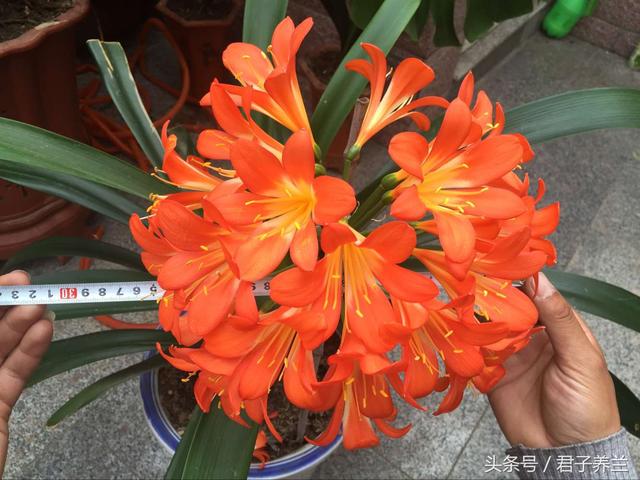
The breeding method of Clivia breeding:
Clivia is propagated by plant division and seeding.
(1) Tissue culture propagation
Because of the long sexual reproduction cycle and low asexual reproduction coefficient of Clivia, in order to accelerate the propagation of Clivia, we can adopt the style, flower stalk, ovary wall, embryo, seed, ovary, receptacle and filament of milk maturity as explants to propagate Clivia by tissue culture method, which provides a new way for rapid propagation of improved Clivia.
(2) Plant division propagation
Plant division is carried out from April to June every year, and axillary bud cultivation is carried out by dividing. Because the root system of the mother plant is developed, the whole pot can be poured out when dividing, and the pot soil can be slowly stripped. Be careful not to break the root system. Cut axillary buds, preferably with 2~3 roots; after cutting, apply disinfectant to the wounds of mother plants and small buds. After the sprouts are potted, they should be watered and placed in shade. After half a month, they can be managed normally. If there is no root axillary bud, according to the cuttage method can also survive, but root slowly. The ramets began to flower after three years and kept the excellent characters of the mother plant.
(3) Seed breeding
Sowing and reproduction are carried out immediately after the seed is ripe and harvested, because the Clivia seed cannot be stored for a long time. After harvesting, the seed coat is washed and dried in the shade. The seeding temperature is about 20℃, and the seedlings emerge after 40-60 days. Potted seeds need loose pot soil, rich in organic matter, and can be covered with glass or plastic film after sowing.
- Prev
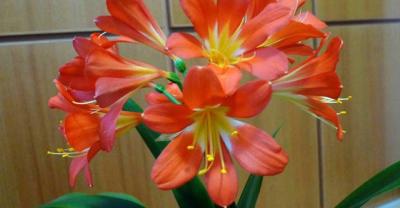
Methods and points for attention in hydroponic culture of Anthurium andraeanum
It is my pleasure to introduce the methods and matters needing attention of hydroponic Anthurium andraeanum cultivation. I was very impressed by the introduction of Anthurium andraeanum editor.
- Next
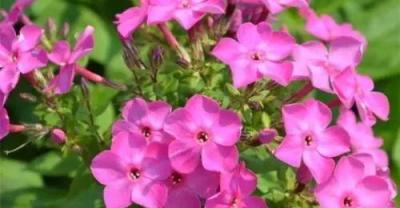
A promising farmed species of Basha fish
Basha is an important freshwater aquaculture species in Southeast Asian countries. It belongs to the catfish, and the mango catfish (Paugusiushamiltoa) of the genus Silurus is a scaleless fish.
Related
- On the eggshell is a badge full of pride. British Poultry Egg Market and Consumer observation
- British study: 72% of Britons are willing to buy native eggs raised by insects
- Guidelines for friendly egg production revised the increase of space in chicken sheds can not be forced to change feathers and lay eggs.
- Risk of delay in customs clearance Australia suspends lobster exports to China
- Pig semen-the Vector of virus Transmission (4)
- Pig semen-the Vector of virus Transmission (3)
- Five common causes of difficult control of classical swine fever in clinic and their countermeasures
- Foot-and-mouth disease is the most effective way to prevent it!
- PED is the number one killer of piglets and has to be guarded against in autumn and winter.
- What is "yellow fat pig"? Have you ever heard the pig collector talk about "yellow fat pig"?

